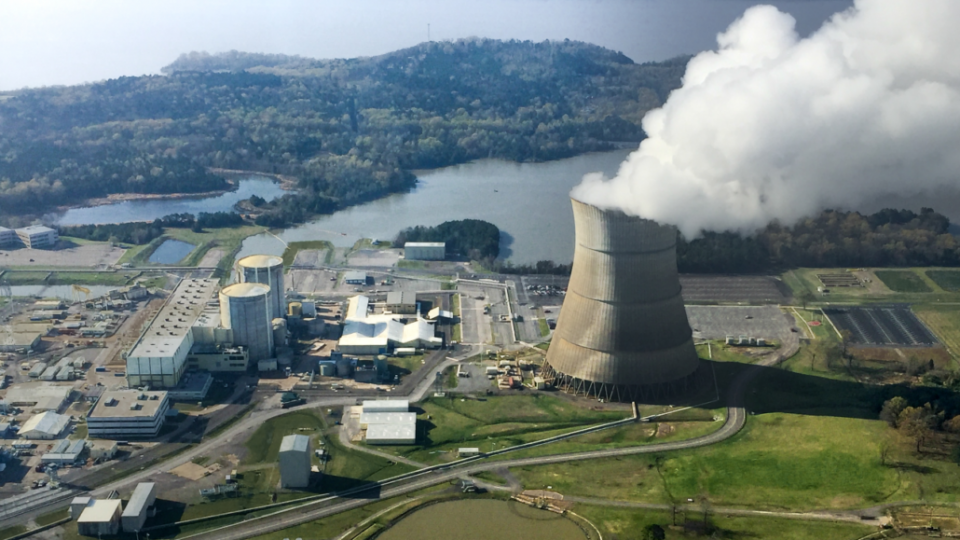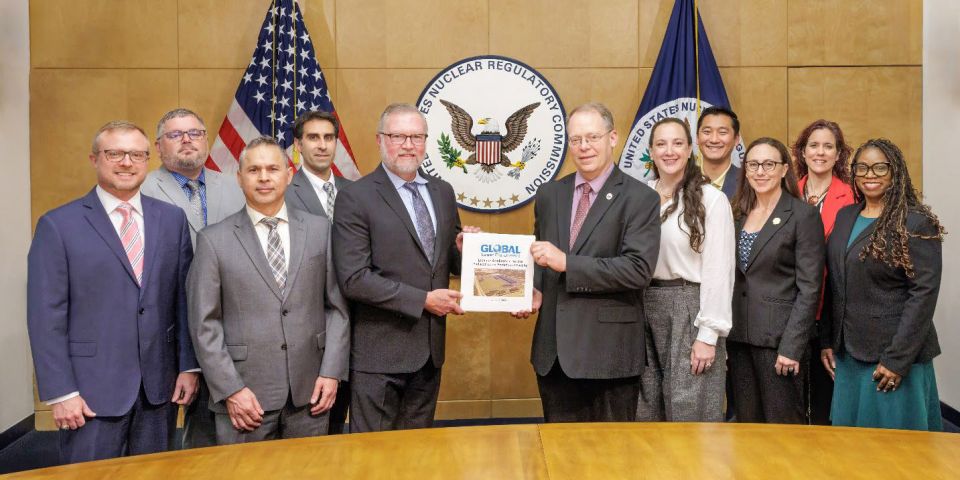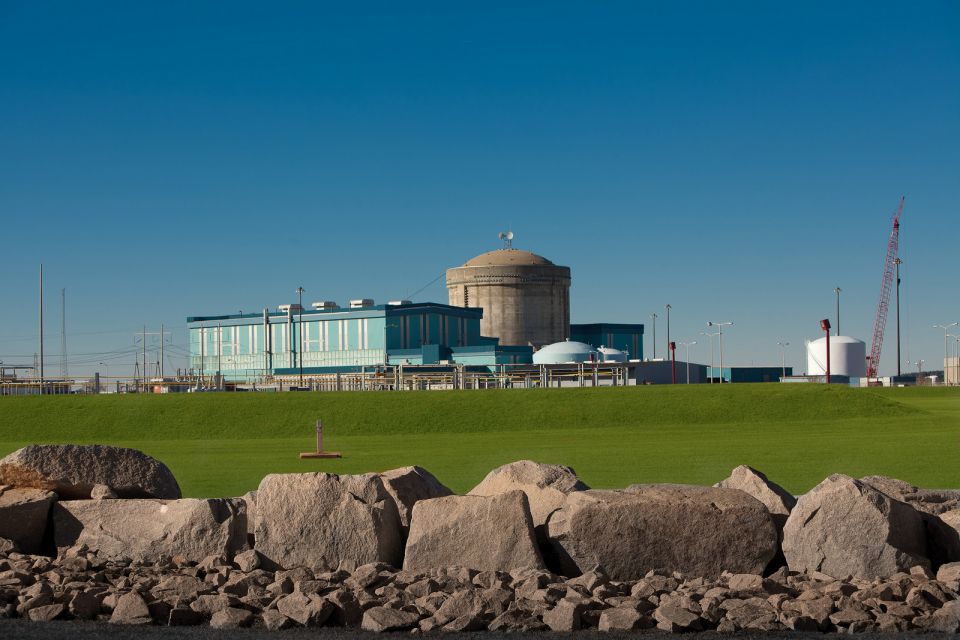With reactor gone, Halden project lives on in human factors research
When Norway’s Halden research reactor shut down in 2018, nuclear researchers around the world were forced to scramble. For 60 years, the Halden Reactor Project offered a 25-MWt boiling water reactor for research where scientists could expand their understanding of nuclear fuel reliability, reactor internals, plant procedures and monitoring, and human factors.









